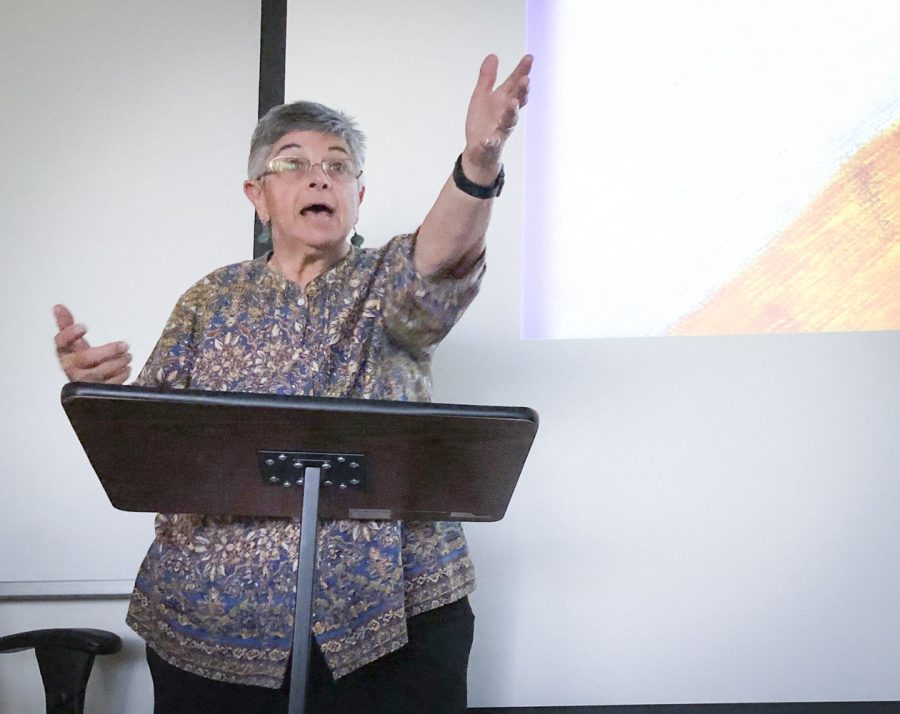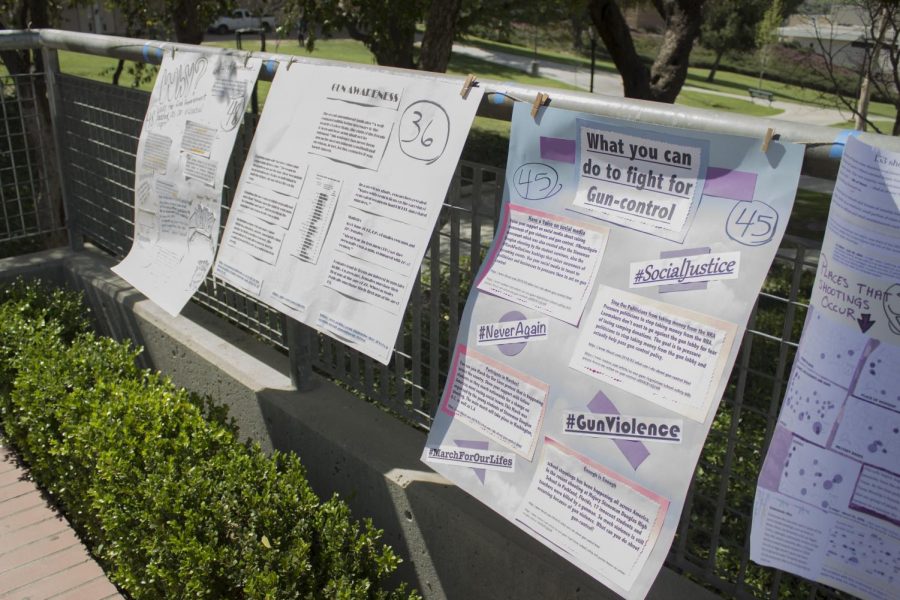Students at California Community Colleges will pay $10 more per-unit for classes in August after legislation signed deficit cutting bills last week.
Dr. Richard Duran warns that the $36-per-unit fee could nearly double to $66 if a tax proposal is not brought to voters and approved.
“That’s the best case scenario,” said Duran. “If the district budget appropriation gets reduced by $18 million, the unit price may go up to $66 per unit.”
The fee increase is part of an effort to reduce the state deficit of $27 billion. The signature on the bills decreased the deficit by $8.2 billion. Senate Bill 70 caused the $10 additional cost per-unit fee in community colleges.
Governor Jerry Brown is working hard to get the five year tax extension on a June Ballot, but time is running out and he’ll need voter approval for the tax extension in order to avoid additional hikes in student fees, class cancelation and faculty and maintenance reductions due to severe budget shortfalls.
California has been a leader in education for decades, offering publicly supported higher education for its qualified citizens in an effort to supply the economy of the state with an educated workforce. The 2.8 million students constitute the largest system of higher education in the world.
In a press release on Jan. 10, Community College Chancellor Jack Scott reacted to Brown’s budget addressing the $400 million cut to the CC system. He claims it will hurt the colleges’ ability to serve students and harm California’s economic recovery.
“The UC, CSU and the community colleges can get our state headed back in the right direction. But, we cannot do it with continually shrinking budgets,” said Scott. “Remember, higher education is not a cost to California, but an investment.”
Student fees per unit are set by the California Community Colleges Chancellor’s Offices in accordance with the governor’s budget. They provide vital financing to fill some of the gap of budget short falls.
With the state of California in a financial crisis, Community Colleges are but one of the casualties of budget cuts. The Ventura County Community College District started preparing last year for the shortfall in 2011.
“We will be able to mitigate some of the serious reductions ahead without full impact to operations,” said Sue Johnson, Vice Chancellor of Business and Administrative Services for the VCCCD. “The district is looking carefully at the schedule to ensure that the pathway for students to achieve their goals (transfer, graduation, certificates, etc) remains the utmost priority.”
In an effort to bring attention to the proposed cuts to the Community Colleges and student fee hikes, students, faculty and concerned citizen participated in a “March for Higher Education” on March 14 in Sacramento and simultaneously in Ventura and at many other campuses.
In spite of the efforts and wide publicity, Brown signed 13 bills including SB 70 but urged state legislators to let the people of California decide whether temporarily extend existing taxes or be prepared to make even harsher cuts to public services, like education.
However, California’s student fees at $36 per unit for state residents are by far the lowest enrollment fees in the nation. In comparison community college students in Virginia pay $100 per unit and Pennsylvania $128 per credit hour. Even at $66 per unit, the fee is less than half of what other states charge for tuition for the same curriculum.
The increase of per unit fee in California will relieve some of the fiscal stress the Community Colleges are experiencing at this time according to Dr. Duran, and assure that they still can maintain and continue to provide a less costly education.
In efforts to accommodate the reduced budget of Oxnard College, Executive Vice President Dr. Erika Endrijonas suggested that electives in a major may not be offered as frequently.
“Where we might have offered five electives in a single semester, we may only offer one or two, which means that we rotate the classes we offer more often,” said Endrijona. “As well, where we offered four sections of a single course, we may only be able to afford two sections in a given semester.”
But Endrijonas assured students schedules for individual majors are set so that students can complete a major within a reasonable time period.
The CC System regardless of higher costs per unit still provides an alternative to high cost UC or CSU.
Low-income students have other means to finance their education as 19-year-old Brian Adams, a computer science major, pointed out.
He lives with his parents can manage an increase per unit of $10 for the coming semester. An even higher tuition price will force him to look into other options.
“At $66 per unit I won’t make enough money to pay for my classes,” he said. “I’ll have to apply for student aid.”
For more information on financial assistance, students can check with the Financial Aid Offices at their campuses through the college website and through studentaid.gov or educationassistance.org in the form of scholarships, grants or loans.





